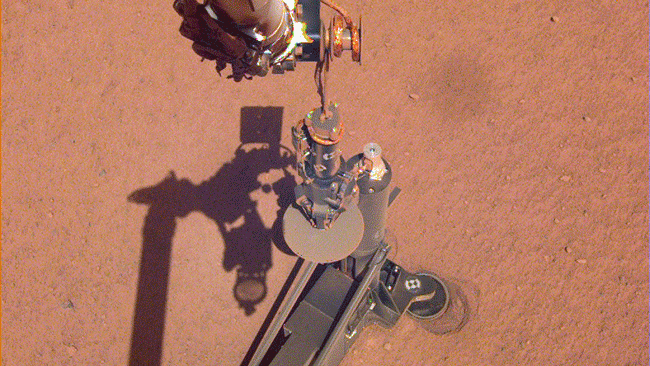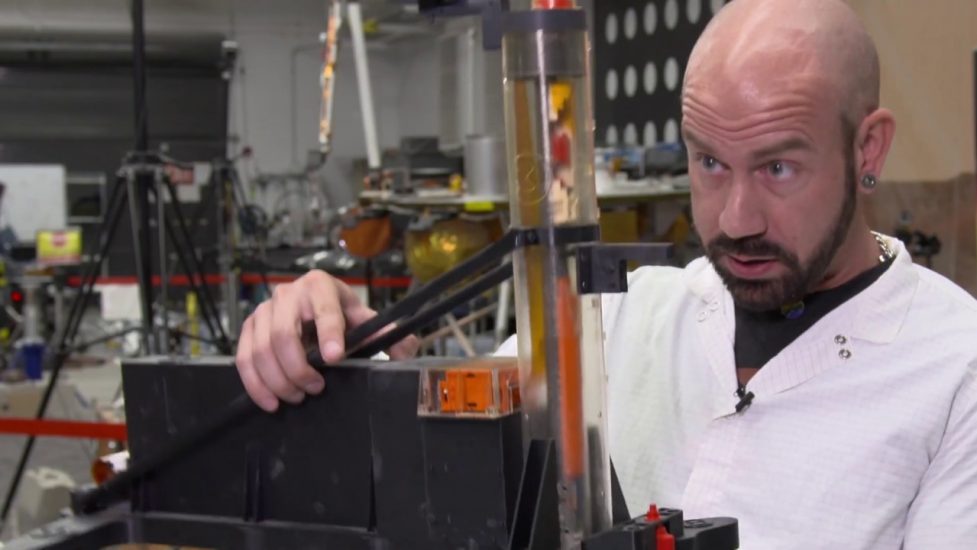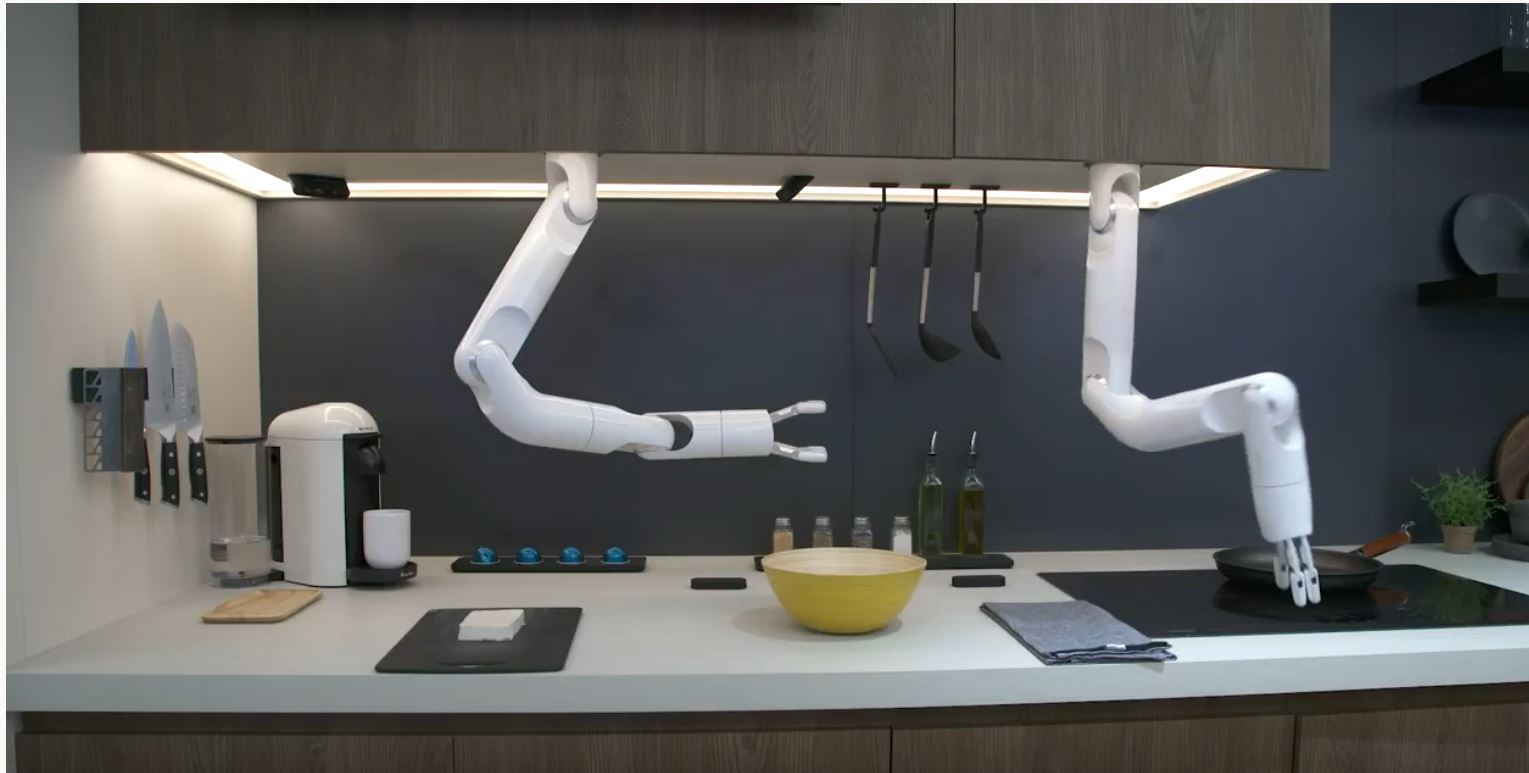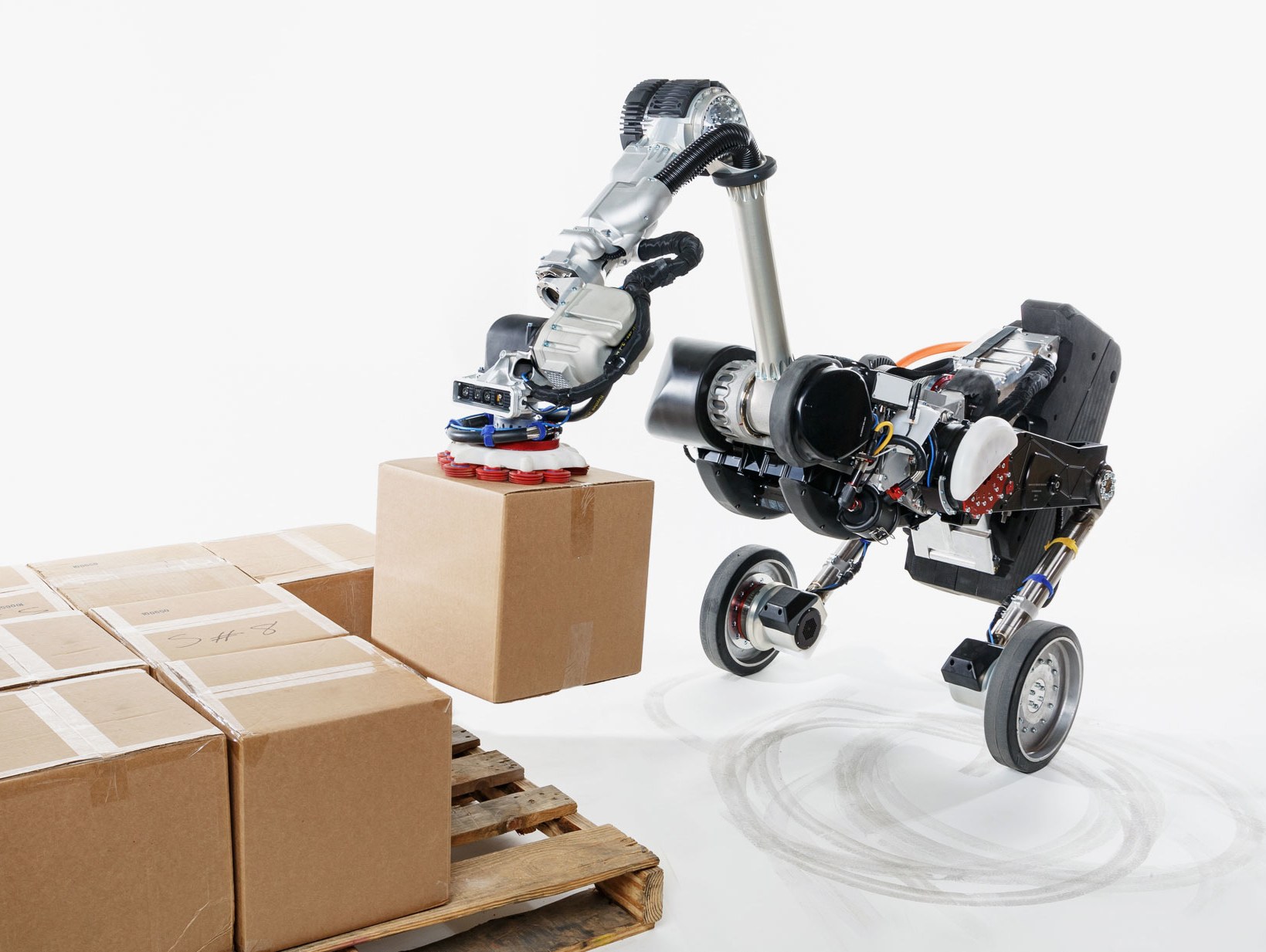Scientists and engineers have a new plan for getting NASA InSight’s heat probe, also known as the “mole,” digging again on Mars.
The mole is part of an instrument on the InSight called the Heat Flow and Physical Properties Package (also known as HP3). It’s a self-hammering spike that’s designed to dig 16 feet below the surface of the red planet and record the temperature. But the mole hasn’t been able to dig deeper than about 12 inches below the Martian surface since Feb. 28.
NASA’s team believes an unexpected lack of friction in the soil around InSight caused the mole to stop working. The mole is designed so that when loose soil flows around it, the soil adds friction that works against its recoil, allowing it to dig. Without enough friction, it will bounce in place.
Getting to see what was actually happening to the mole on the Mars surface proved to be a challenge because the device’s support structure initially blocked the lander’s cameras from viewing the mole. Last week, the NASA team used InSight’s robotic arm to lift the structure out of the way.

Lifting the support structure had been done in three steps, a bit at a time, to ensure the mole wasn’t pulled out of the surface.
This view was captured by a camera on the spacecraft’s robotic arm:

Read: Q&A with NASA team members on plans to save the mole
Thanks for the update, Troy Hudson. I think you and your job — fixing robots while they’re working on Mars — is incredibly cool. I checked out your profile, I’m following you on Twitter, and I can’t love your advice to someone who wants to take the same career path as you enough:
“A background in both science and engineering is invaluable as a systems engineer: you need to be able to speak the language of both camps, training as both, and doing whatever you can – to ‘straddle the fence’. Learn to understand the desires of science (and how it can sometimes be fuzzy) and the limitations of engineering (and how it doesn’t permit any fuzziness) and how to find a harmony between the two.”
Kept reading and saw this even better advice you had to students interested in STEM:
“There are so many great resources available today: you can read books, watch YouTube videos, follow science news stories and forums. But don’t forget to try out experiments for yourself, take things apart and see how they work, and ask critical questions. There’s a good deal of misinformation floating around the world, some of it packaged very enticingly. Don’t be afraid to say, “I don’t think that’s right,” out loud — you might start a lively discussion! Oh, and familiarize yourself with the idea of Cognitive Biases. Remind yourself occasionally that for all its powers of reason, the human mind has some odd quirks that can skew your perceptions.”
Amazing! Thanks for being future-proof and an inspiration, Troy. I’m following you for keeps. Also, I see that you work in the same place (the NASA Jet Propulsion Laboratory at CalTech) as Bobak Ferdowsi! Do you guys know each other?
I’m a big fan of his too, love him on Twitter, and think his job is cool too…
Like what you read? Check out more from my WorkingNation blog, The Looming Robot.











